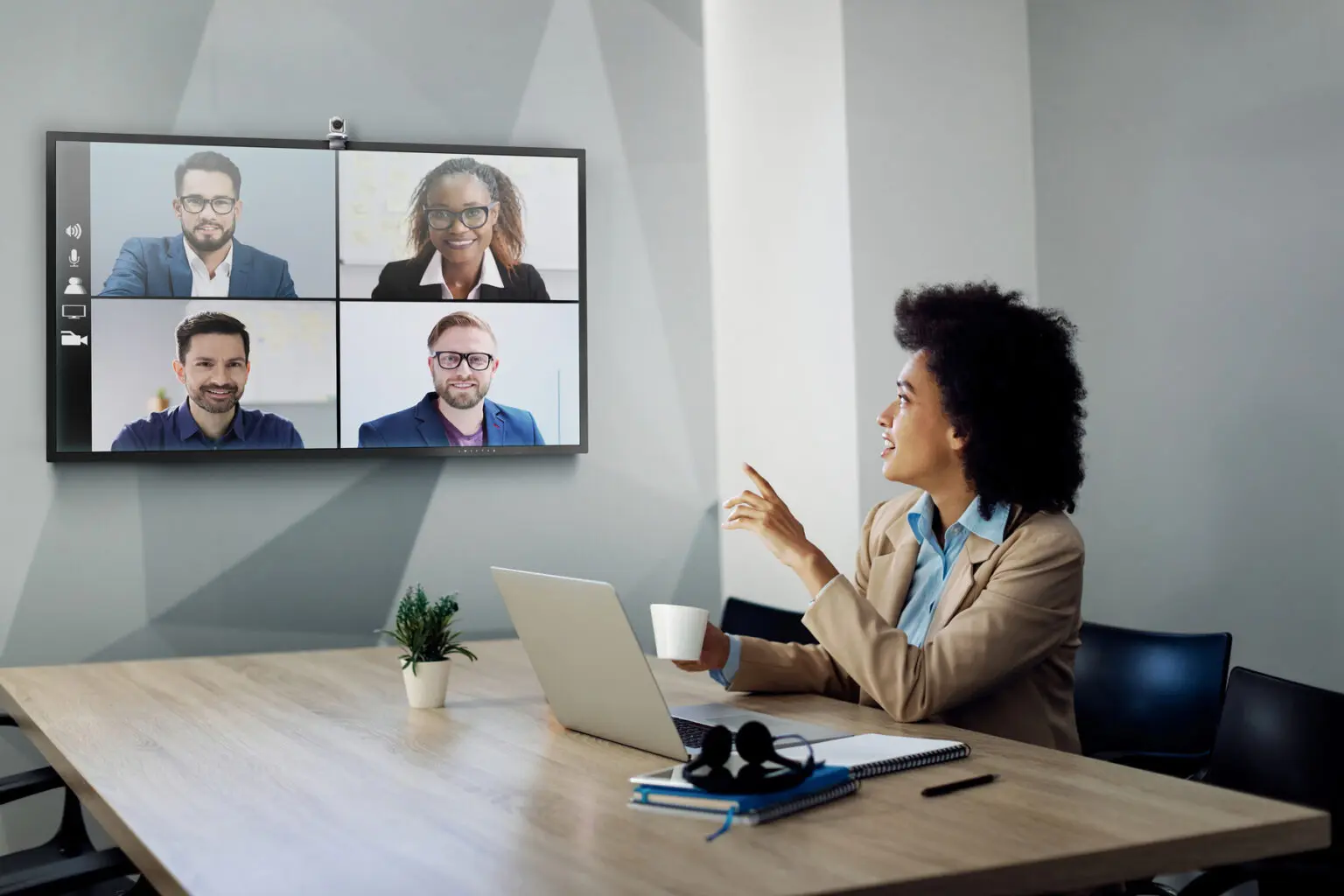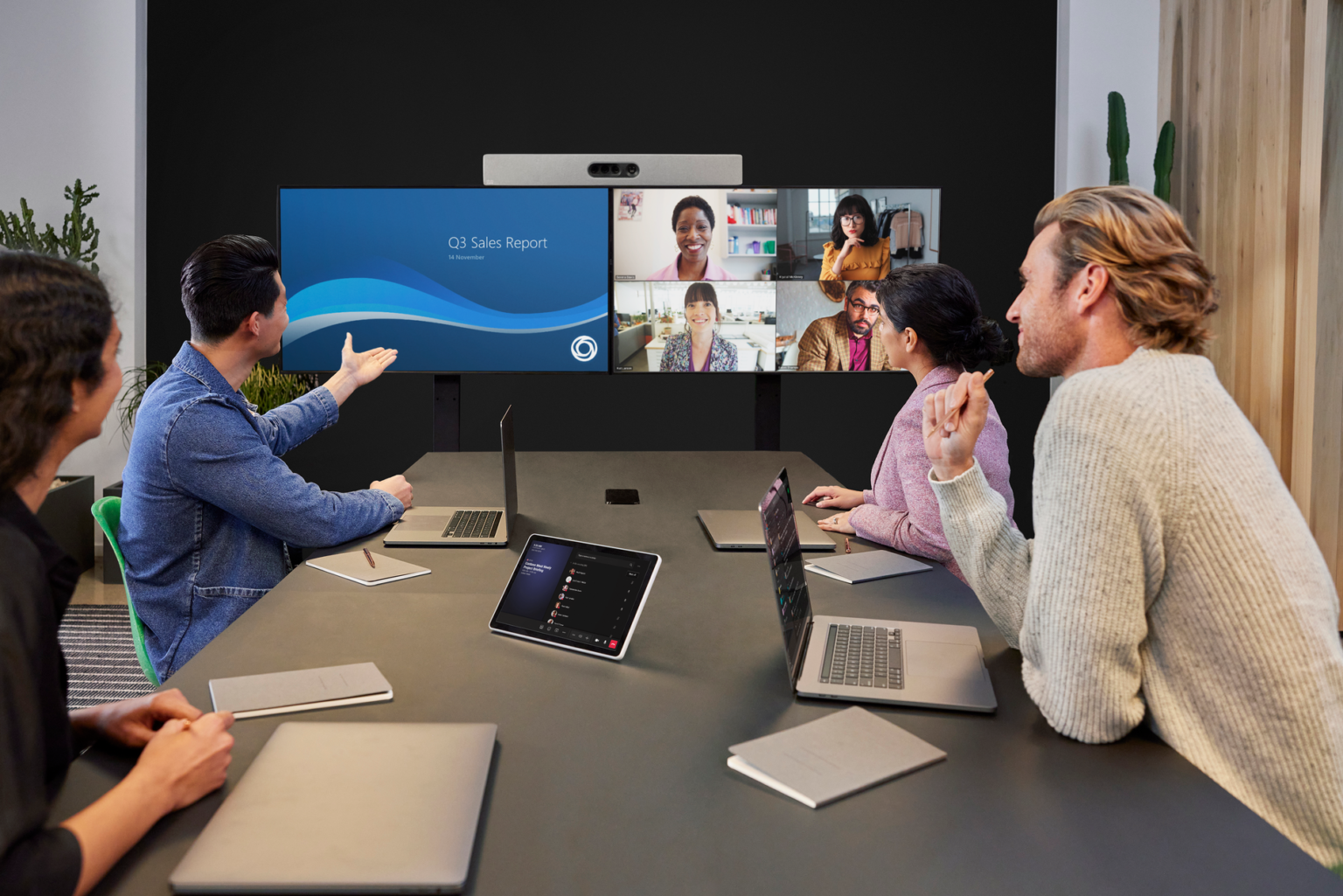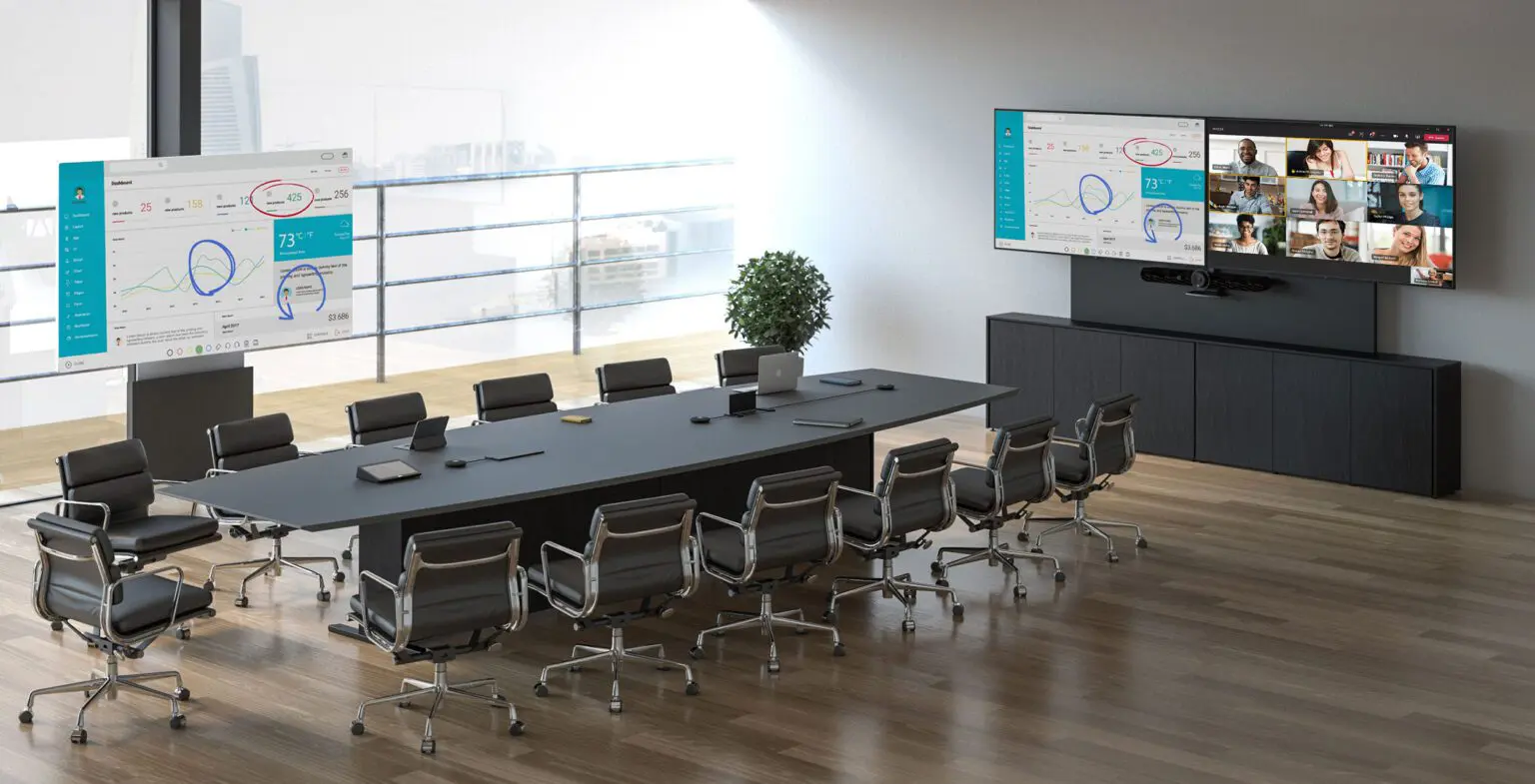As the business world navigates the challenges of staying connected and productive, video conferencing has become a vital communication tool. An integral aspect of unified communications, it gets teams together to collaborate on projects and stay up to date with the latest changes. But it doesn’t completely fill the face-to-face communication gap.
Read on as we illustrate the challenges of video conferencing in enterprises today and the steps you can take to overcome them.
Top Video Conferencing Red Flags
Despite offering a range of modern features, video conferencing lacks the power to drive rich and seamless collaboration due to several fundamental gaps. Here are six things employees hate about video conferences:
1. Poor Video Quality
One of the biggest concerns employees have with video conferences is poor video quality. Since video conferencing tools depend largely on a stable internet connection, any issue with the device, software, or network can cause the video to lag, freeze, or worse, disconnect.
Such technical issues can negatively impact the communication flow while causing extreme frustration and dissatisfaction.
2. Audio Lag
Just like poor video quality, audio lag is another issue that affects video collaboration. Although employees value seeing and hearing their colleagues in video conferences, any impairment in audio quality significantly degrades the productivity of the whole meeting. Not only does poor audio affect comprehension, but it also leads to fatigue and displeasure.
3. Background Noise
With a large majority of the global workforce now working remotely, the presence of background noise in video conferences is another grave concern.
Crying babies, barking dogs, whirring home appliances, echoing sounds, and whizzing vehicles ruin audio quality in extreme ways. These background sounds limit the ability of employees to concentrate on and comprehend the issue at hand, plummeting the overall productivity of the conference call.
4. Limited Screen Space
Another major issue with video conferences is restricted screen space. With laptops (and worse, mobile devices) offering very limited real estate, large teams can’t view and assess all members on one screen. This makes it difficult to gauge presence or get critical input from key members.
5. Restricted Participation
Although video conferences offer a great platform for the more aggressive speakers to put their points forth, for the shy and introverted members, it’s a different story altogether. Many employees find it difficult to break into an ongoing conversation, sense the tiny pauses in speech, and give everyone a chance to participate.
Not being in the same room also impacts employees’ ability to take visual cues and causes unexplained pockets of silence as the team identifies the next speaker.
6. Poor Mobile Quality
Today’s employees are connecting to video conferences from different locations and time zones using different devices. Unfortunately, only those joining from their PCs or laptops enjoy high levels of quality, visibility, and connectivity.
Employees using their mobile phones or other BYOD tend to experience poor audiovisual quality across devices while also facing the issue of viewing just a handful of peers on their screen.
The Technology Narrative
In the era of hybrid working, the inherent challenges of video conferencing can have far-reaching consequences for employee productivity and well-being. Poor audiovisual quality and limited real estate tend to annoy and irritate the workforce, preventing them from communicating properly. Not only do these issues hurt engagement, but also impact performance and goal achievement.
Exploiting the benefits of modern technology tools is a great way to overcome the pitfalls of video conferences. Integrated and intelligent audiovisual tools can make every online conversation extremely productive. They can boost engagement and presence in the hybrid workplace, foster participation, and simplify and streamline enterprise communication.
- Tools like Crestron Flex can be used in any room of any size for unified communication, room scheduling, wireless presentation, and device management. Using a single interface, employees can enjoy a seamless video conferencing experience – regardless of their device or location – and make the most of their organisation’s native technology.
- The AI capabilities of Zoom Rooms can create a smart gallery, enabling multiple team members to be presented on individual screens for higher participation. By bringing intelligent HD video collaboration to any space, the platform enables in-person and remote participants to interact in real-time.
- Collaboration platforms like Microsoft Teams empower and encourage geographically dispersed teams to get together and work securely. Employees can meet in a more engaging and meaningful way. From recordings to live captions, customised background to raise your hand feature, speaker coach to participant list – Microsoft Teams offers an array of features that gives every employee an equal chance to be heard, seen, and understood.
- As a plug-and-play device, Jabra PanaCast offers cutting-edge video conferencing capabilities. Touted to be the world’s first intelligent 180-degree panoramic 4k solution, the platform seamlessly works with leading AV conferencing solutions. The platform allows teams to get a clear view of the number of people present in the meeting and improve the utilisation of meeting spaces. The Intelligent Zoom feature automatically includes everyone in the conversation, zooming in on presenters while optimising screen real estate.
Transform Your Video Conferencing Game with Resurgent
At Resurgent, we apply a human-centric approach to ensure that technology feels like an enabler, not a barrier, in effective employee communication. As your AV integration partner, we make sure that collaboration isn’t as much about technology as it is about people. Our strong pool of resources has the power skills needed to tackle inherent video conferencing challenges.
Take a look at what Resurgent is doing to transform the video conferencing game!



